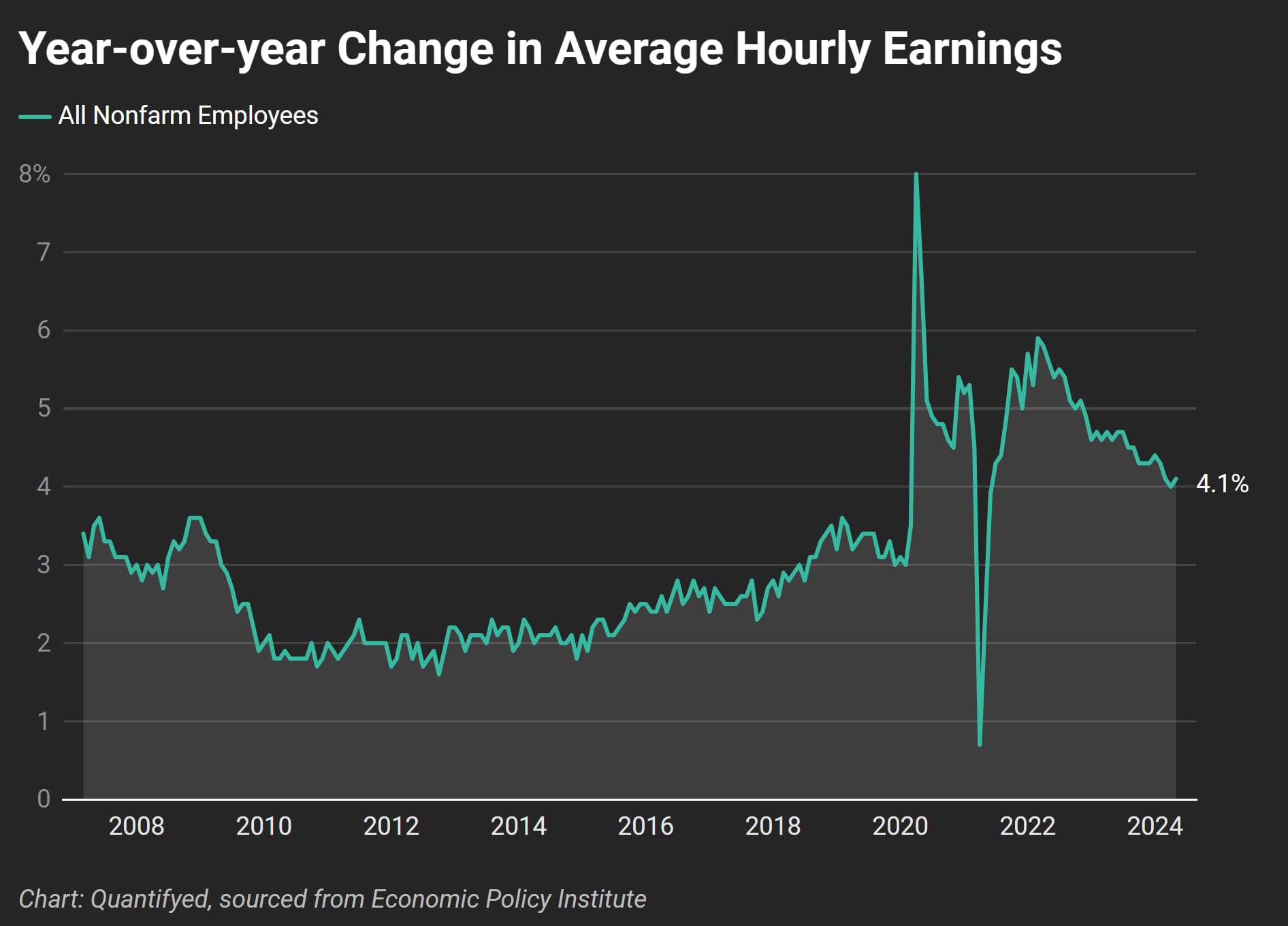Featured Posts

Let’s talk markets. Specifically, let’s talk about what just went down (literally) in the Nasdaq this week. If you’ve been paying attention—or maybe even if you haven’t—it’s gotten pretty ugly pretty fast. I even tweeted something about it: Markets take the stairs up

The drop happened fast! If you blinked sometime in February, you might’ve missed that we were at new all-time highs. Now? We're in full correction territory. Just yesterday, the S&P 500 fell more 2%, and now close to 10% in less than a month. Not

Did you know that 56% of Wisconsin’s agricultural exports could be impacted by tariffs from Canada, Mexico, and China? Wisconsin now represents the 11th largest exporter of agricultural products in the U.S., up from 13th in 2023 (WI DATCP). In 2024, Wisconsin’s agricultural exports reached $3.97

So, here’s something no one seems to be making a big deal about: tariffs are rising fast, and they’re dragging the US economy down. You won’t hear much about it in the headlines, but the effects could start to pile up. Higher prices, weaker growth, and more

Think the job market is still a cakewalk? Think again. I'm blogging about the job market to avoid facing it myself. It's tough out here!
I'm going to dive into the key data highlighting our shift from the old booming job market to a more competitive space.
First off, the unemployment rate: Our unemployment rate has ticked up to 4.1%, the highest since 2021. This increase compares to the low of 3.4% last year. While still low by historical standards, the latest uptick signals a cooling job market.
One big change is the number of open positions per unemployed people, which has risen to levels of 0.8. This ratio was even lower in 2022, hovering at 0.5, telling us there was a huge decrease in available jobs and increased competition among job seekers.

Stabilization of wage growth: Wage growth has fallen from a peak of 5.9% in March 2022 to 4.1% last month. Although this is still higher than the pre-pandemic average of around 3%, it supports the idea of a cooling labor market (see chart below 👇)
Despite the cooling market, the U.S. economy added 206,000 jobs in June, continuing a streak of 42 months of employment growth. This consistent job growth is a positive sign, though it’s concentrated in certain sectors like healthcare, construction, and government work.

Recent hiring has been strong in healthcare, construction, and government sectors. Meanwhile, other sectors like restaurant work and certain white-collar jobs have plateaued or dipped. This says that while some areas are still thriving, others are feeling the pinch.
High competition for jobs is evident, with some positions receiving thousands of applications. For instance, Goldman Sachs had over 315,000 applicants to its 2024 summer internship roles, of which 2,600 became interns 👀
All in all, the job market has cooled, marked by a rising unemployment rate, a decline in job openings, stabilized wage growth, and increased competition for jobs. How are you navigating this more competitive job market?


